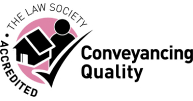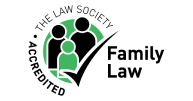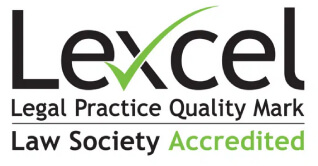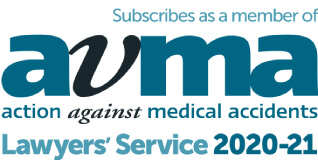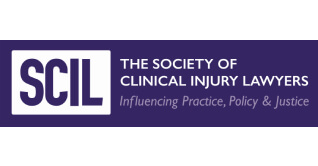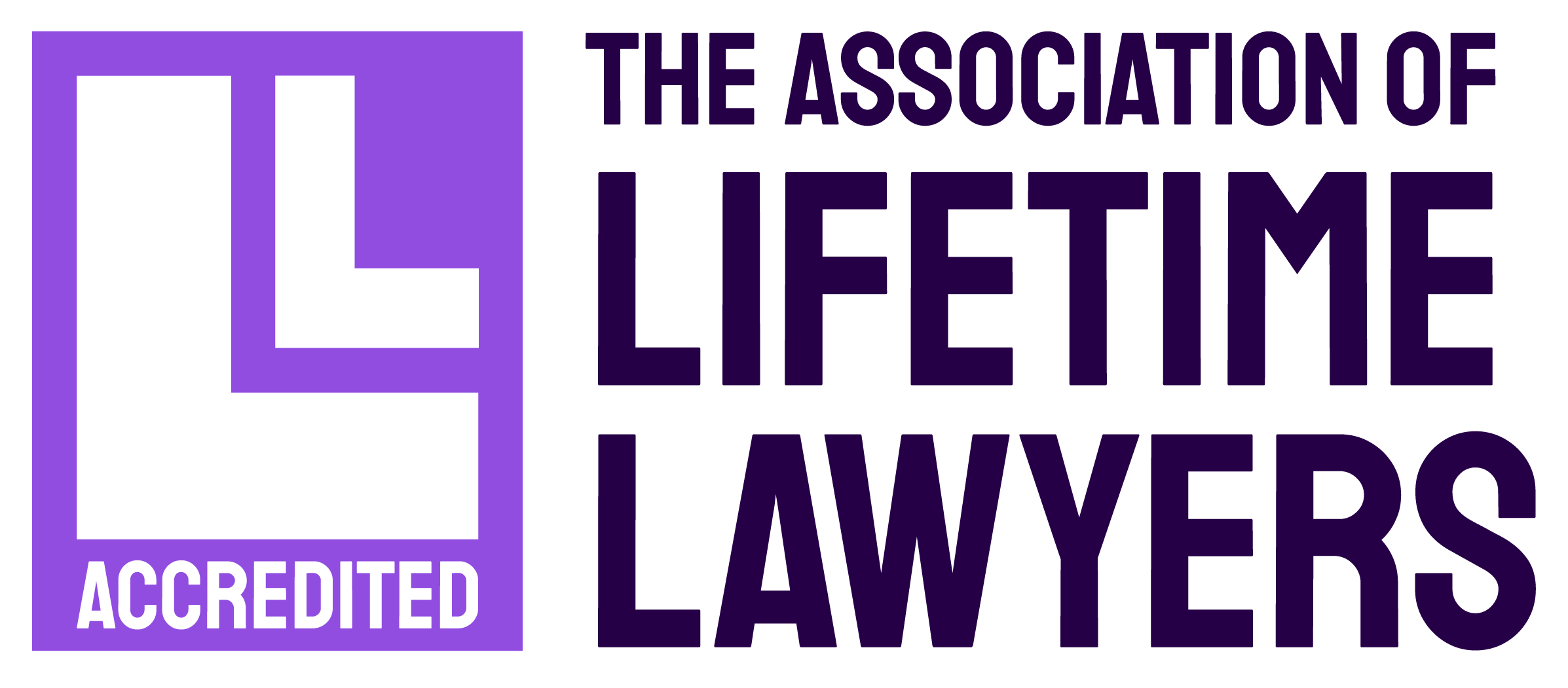What is Inheritance Tax and how can it be reduced?
Inheritance Tax (IHT) is a tax levied on the value of a deceased person’s estate. Any part of an estate that exceeds the £325,000 tax threshold (or Nil-Rate Band – NRB) is liable to IHT at 40%.
Only a small percentage (4% to 5% of estates) are large enough to incur IHT, but as specialist private wealth lawyers, we regularly deal with high-value estates on behalf of our clients. IHT rules are incredibly complex, but a range of reliefs and exemptions do exist that can significantly reduce your IHT liability.
What is exempt from IHT?
IHT is a hugely complex system with many exceptions and exemptions. While by no means an exhaustive list, we have outlined some of the most popular exemptions below.
Firstly, if you are married or in a civil partnership, you can pass on your estate (no matter what its value) to your spouse or partner tax-free. The deceased can also pass on their unused IHT allowance to their surviving spouse or partner.
Some gifts (of money, property, etc.) are also exempt from IHT. If you make a gift and live for another seven years, the gift will be tax-free, again no matter what its value. When the gift is made, it is called a Potentially Exempt Transfer (PET). If you were to die sooner than seven years afterwards, the gift would become a Chargeable Transfer and would incur an immediate IHT charge (if it exceeded the available Nil Rate Band). However, to make matters more complex, if you die between three and seven years after making the gift, the IHT you pay (if the gift is taxable as a result of exceeding the £325,000 Nil Rate Band) decreases on a sliding scale the closer you get to the seven-year mark – this is known as Taper Relief.
You can also gift £3,000 per year tax-free (this is known as your annual exemption). Any gift beyond this value will potentially be liable for IHT (as a PET). Other gifts that may be exempt include wedding gifts, gifts to help pay living costs, and regular gifts from your surplus income.
What reliefs are available?
As with exemptions, a wide range of IHT reliefs are also available for eligible individuals; some of the most popular are described below.
You may be able to claim 50% or 100% tax relief when passing on a business, depending on the business type and ownership structure (known as Business Property Relief). Eligible farms can also be passed on free of IHT (known as Agricultural Property Relief). Certain types of woodland and heritage properties may also be eligible for IHT relief.
Furthermore, if you leave 10% or more of your estate to charity, you will be eligible for an IHT reduction of 4%.
The Residence Nil-Rate Band
The Residence Nil-Rate Band (RNRB) is a relatively recent addition to the IHT system. It allows you to extend your £325,000 Nil-Rate Band by a further £175,000 under certain conditions.
Essentially, the RNRB is an allowance on top of your existing tax-free allowance, and applies when you pass your main residence onto ‘direct descendants’, i.e. children or grandchildren (including stepchildren, adopted children and foster children). It does not apply to nieces, nephews or cousins, for example. When RNRB criteria are met, it increases your IHT tax-free threshold to £500,000. However, the way in which the RNRB is calculated, as well as complex rules on downsizing, makes it an extremely complicated relief – so it’s best to consult a specialist tax lawyer to ensure you’re taking maximum advantage.
Talk to us
That’s where we come in. Our specialist tax lawyers are intimately acquainted with the ins and outs of IHT and use their knowledge to tailor solutions to each individual client’s family and financial circumstances. Many of our clients are surprised at the amount of tax they’re able to save by taking specialist advice early enough. For clear, comprehensive advice and guidance, just get in touch with our team at wills@attwaters.co.uk or call 0330 221 8855.














